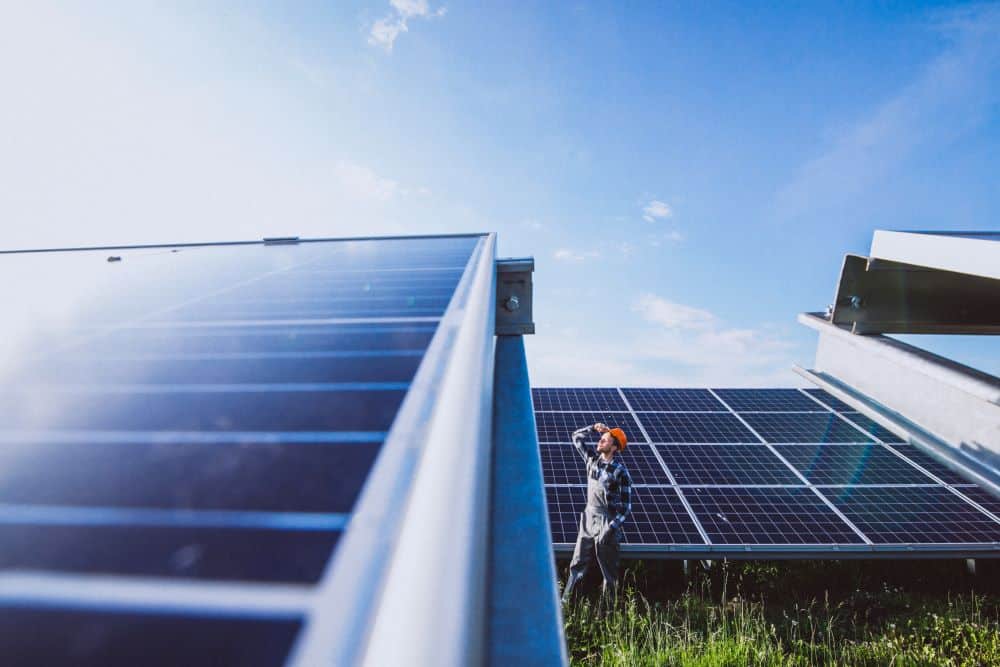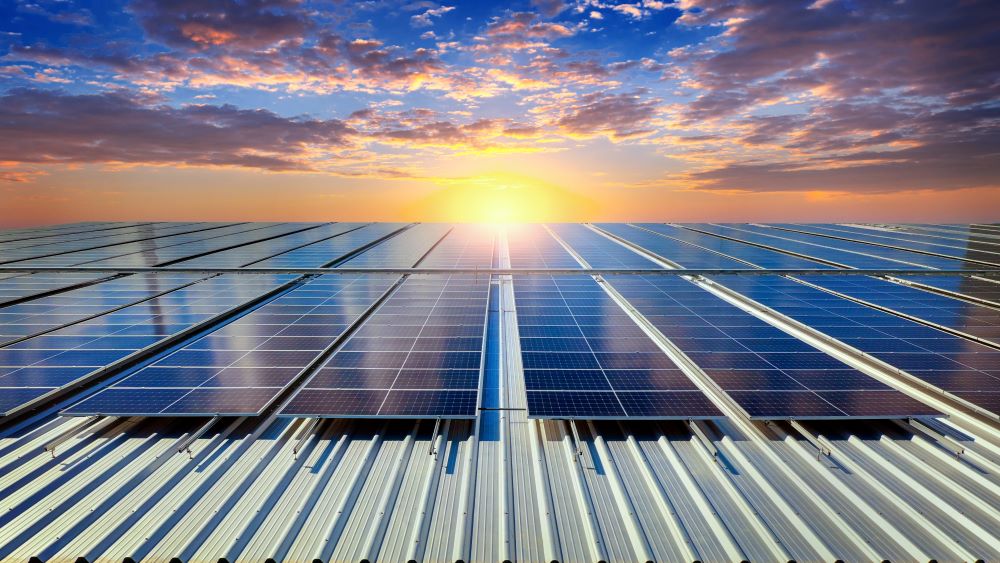If you’ve installed solar panels or are considering it, one of your primary concerns might be their longevity. How long do solar panels last? This question is crucial for everyone thinking about solar as a long-term investment. The lifespan of solar panels often determines the overall value you get from your solar energy system.
Understanding the expected durability and efficiency over time can help you make an informed decision and plan for future energy needs. Moreover, knowing the factors that influence panel longevity, such as quality, maintenance, and environmental conditions, can ensure you maximize the return on your investment. Investing in high-quality panels and proper upkeep can significantly extend their functional life, making solar energy a sustainable and cost-effective choice for years to come.
Insights into Solar Panel Lifespan
When considering solar energy, a common question we get asked is, “How long do solar panels last?” On average, solar panels have an industry-standard lifespan of about 25 to 30 years before they begin to lose efficiency significantly. However, just because their peak productivity decreases, it doesn’t mean they stop producing electricity. Solar panels installed even decades ago can still generate power, although not at their initial capacity. The key to ensuring your solar panels last a long time lies in choosing high-quality panels and maintaining them regularly.
The longevity of solar panels is also influenced by the conditions they are subjected to. Panels in more temperate climates may have slightly longer lifespans than those in harsher climates. This durability underscores the importance of considering both the type of solar panels and the solar panel installation process. Reliable installations by professionals ensure that solar panels last longer and perform better throughout their service life.
What Is Solar Panel Degradation Rate?
Solar panel degradation rate is a critical metric that determines the annual reduction in efficiency of solar panels. On average, solar panels degrade at about 0.5% to 1% per year, depending on the make and quality of the solar cell. This means that after 20 years, your solar panels might operate at about 80-90% of their original performance capacity. Several factors contribute to this degradation rate, including exposure to sunlight, temperature changes, and physical wear and tear.
The severity of degradation can be mitigated. High-quality solar panels, for example, generally have lower degradation rates due to superior manufacturing technologies and materials. This is crucial because a lower degradation rate ensures your solar panel system will generate more electricity over its lifetime, enhancing your investment’s return. Understanding degradation rates helps in planning for efficiency losses and managing expectations for the performance of a solar panel system over the years.
By keeping these degradation factors in mind, you can better manage your solar panel lifespan and performance, ensuring they provide the maximum benefit for as long as possible.

How to Make Solar Panels Last Longer?
To maximize the lifespan and efficiency of your solar panels, certain practices are essential. First, always choose high-quality solar panels. The manufacturing quality of panels can greatly influence their durability and performance over time. High-quality solar panels not only exhibit lower degradation rates but also are more capable of withstanding environmental stresses like harsh weather conditions.
Keeping your solar panels clean is another crucial step in prolonging their effective lifespan. Dirt, debris, and other residues can block sunlight, significantly reducing the panels’ energy output. Regular cleaning ensures that your system operates at peak efficiency. Moreover, well-maintained panels reflect well on overall solar panel maintenance and prevent minor issues from turning into major ones.
Regular maintenance and servicing complete the trifecta of keeping your solar panels in top condition. Periodic checks by professionals can help identify and remedy potential issues like wiring problems or the breakdown of solar cells before they escalate into costly repairs. Such proactive maintenance not only helps make your solar panels last longer but also ensures they operate safely and efficiently throughout their lifetime.
When Should You Replace Solar Panels?
Despite all efforts to extend the life of solar panels, there comes a time when they must be replaced. Knowing when to replace your panels is crucial for maintaining the efficiency of your solar energy system. Typically, if your solar panels’ output decreases significantly and consistently below 80% of their original capacity, it might be time to consider replacement. Additionally, frequent breakdowns, visible damage to the solar cells or panel surface, and outdated technology are all signs that your system needs an upgrade.
It’s important to conduct a thorough evaluation of your solar panels’ performance over time. Monitoring systems can help track output efficiencies and identify patterns that signify major problems. Replacement doesn’t always mean a complete overhaul; sometimes, replacing certain components can restore much of the system’s original efficiency. Ultimately, timely replacement of your solar panels ensures you continue to benefit from maximum energy production and cost savings.
Conclusion
Understanding the solar panel lifespan and the factors affecting it and knowing when to replace them are key elements in harnessing the full potential of solar energy. With proper installation, regular maintenance, and timely upgrades, solar panels can provide sustainable energy solutions far beyond their expected lifespan limits. We at Solar Protect are dedicated to helping you achieve the greatest return on your solar investment.
Whether you need advice on assistance with maintenance or have concerns about your current system’s performance, contact us today. Let’s work together to ensure your solar panels last as long as possible, providing clean, efficient energy every step of the way.

